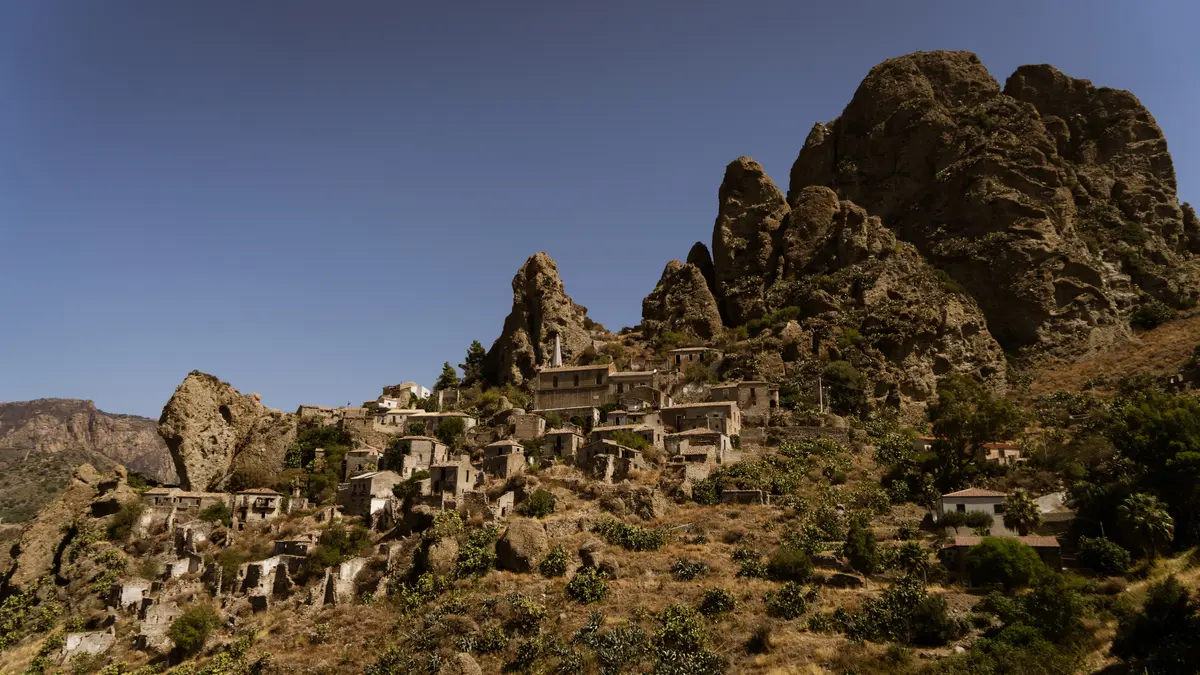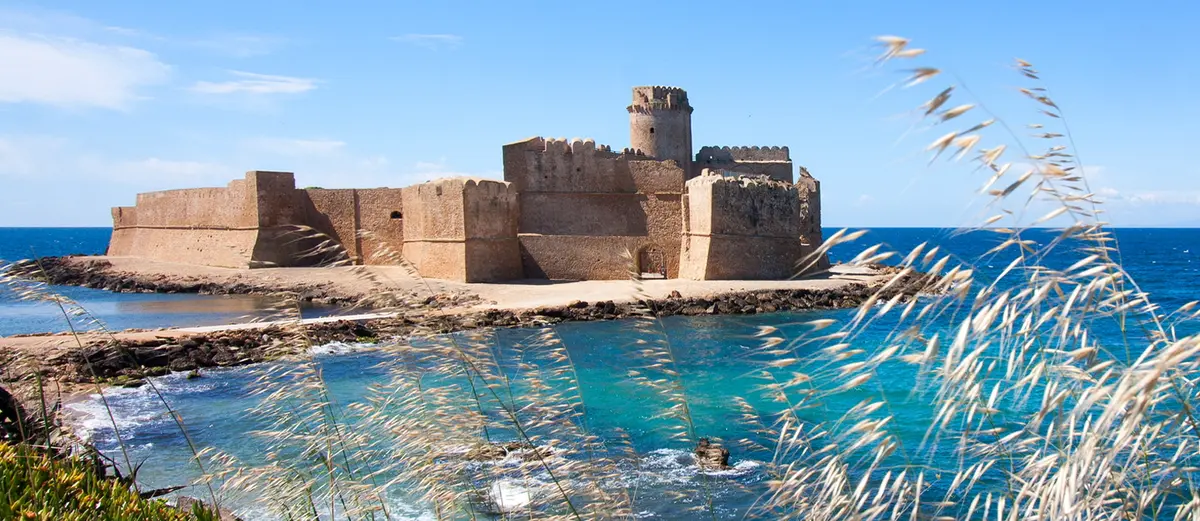A trip to the Costa degli Aranci in Calabria
Discover the itinerary dedicated to the legendary Orange Coast
Naturalistic
Soverato - Elisabetta Cirianni
Travel information
Category
Naturalistic
Target
For all
Discover the itinerary dedicated to the legendary Costa degli Aranci (Calabria), the Ionian coast in the province of Catanzaro that smells of citrus fruits and gives you the magic of sunrise over the sea.
Costa degli Aranci, where exactly is it located? It stretches between the pristine, sandy beaches of Santa Caterina dello Ionio in the south and Sellia Marina in the north, passing through the enchanting Hippocampus Bay (Soverato) and the dreamy little beaches of Copanello, Caminia and Pietragrande (Stalettì and Montauro) in the Gulf of Squillace.
Costa degli Aranci, beaches and sea that boast Blue Flags and Green Flags (i.e. "childproof") among the most renowned in Calabria, but also archaeological sites, medieval castles and perched historic centres that are part of the The Most Beautiful Villages in Italy circuit.
Relax amidst cliffs and golden coves, and enjoy sampling the typical products and good fish from the gulf, which boasts a delicious local shrimp.
Costa degli Aranci, what to see? You'll be spoilt for choice! Don't miss the archaeological sites a stone's throw from the beach and a visit to the historic centre of Catanzaro, the "sea-mountains" regional capital.

Badolato

Soverato
Stalettì
Squillace

Borgia




